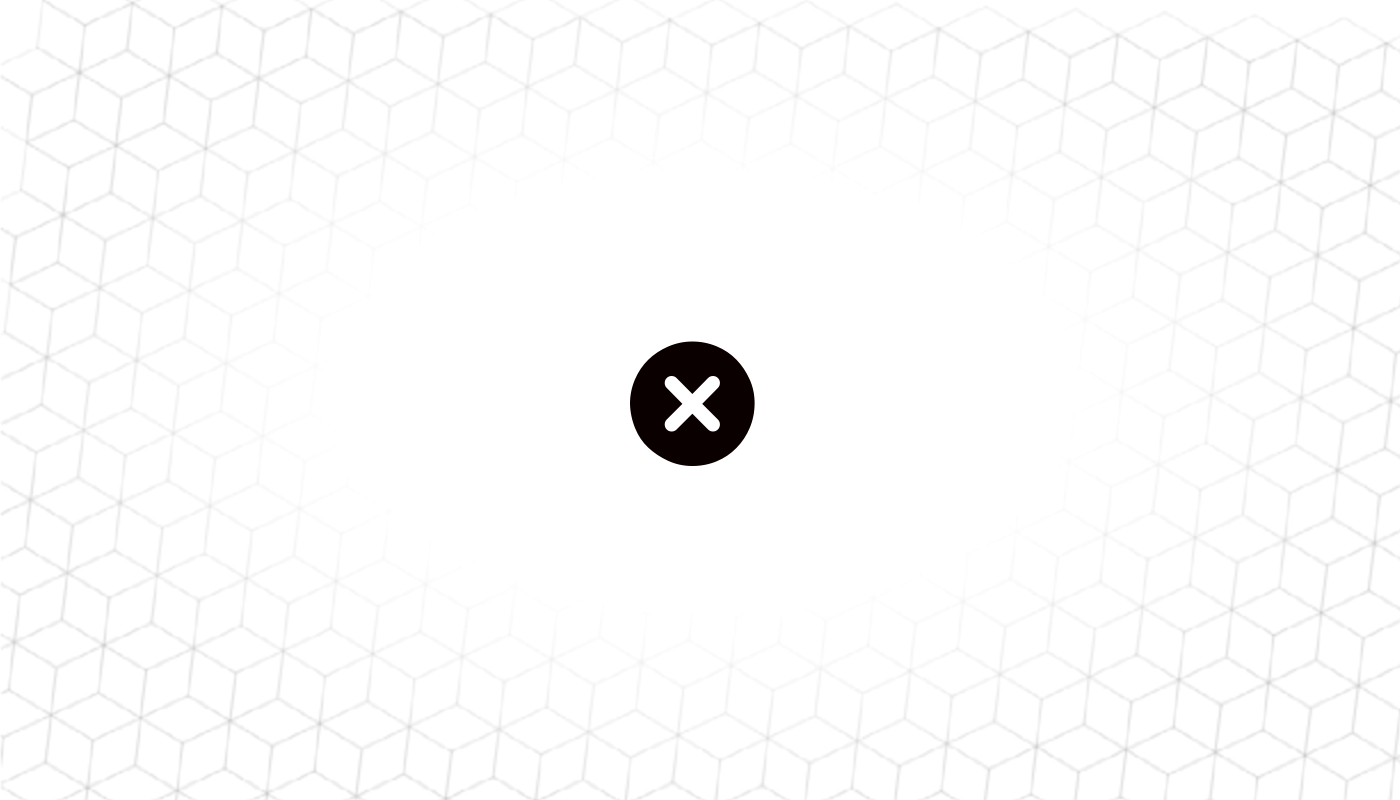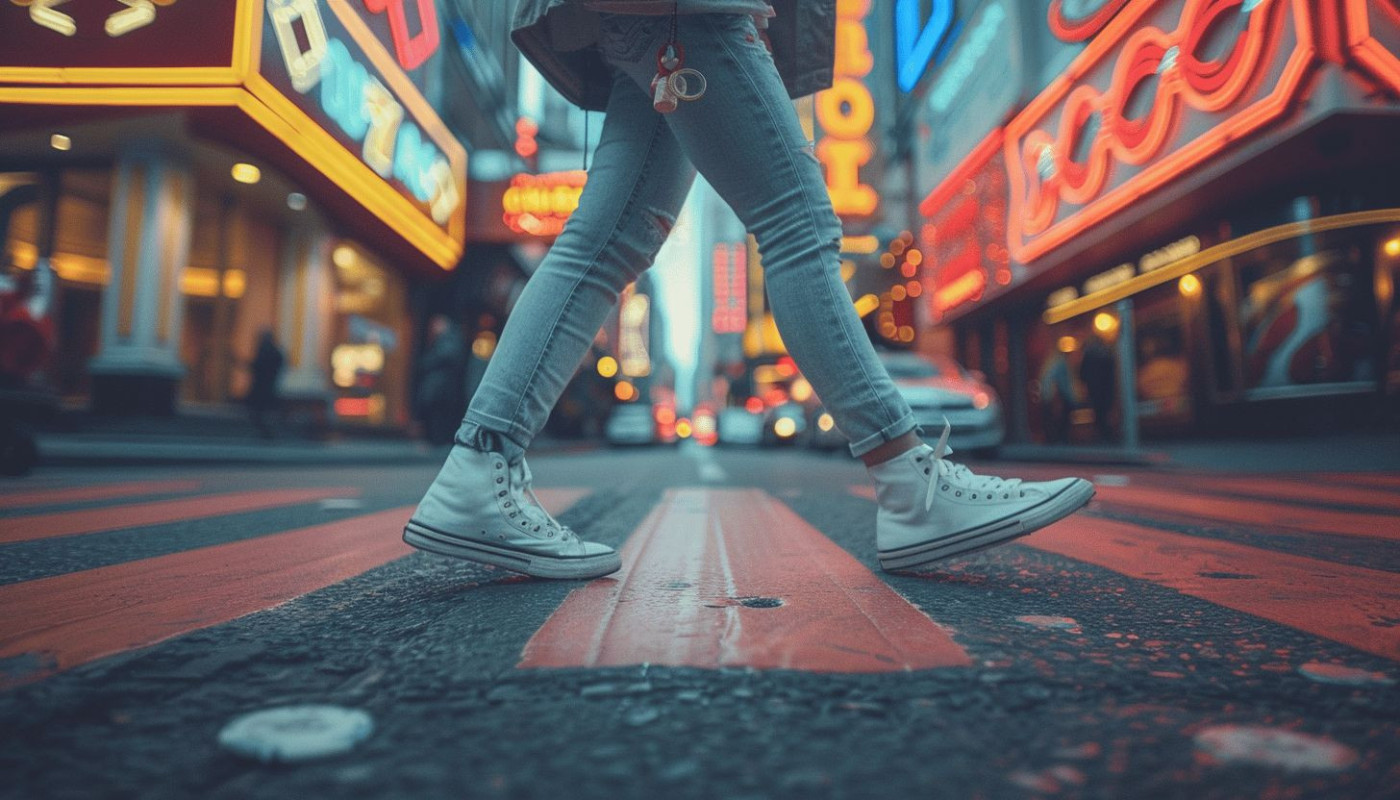Table of contents
Embracing sustainable fashion is no longer just a passing trend—it’s a lifestyle shift that’s reshaping the way individuals approach personal style and environmental responsibility. Discover the latest movements driving eco-conscious wardrobes and learn how to make thoughtful choices without sacrificing style. Explore the following insights for a deeper understanding of how fashion and sustainability intersect today.
Eco-friendly fabrics revolution
The surge in sustainable fashion has brought eco-friendly fabrics to the forefront of modern wardrobes, reshaping how clothing is produced and worn. Organic cotton stands out for its cultivation without harmful pesticides, significantly reducing water consumption and soil degradation. Hemp, another frontrunner, offers durability and requires minimal resources, making it a low-impact crop with impressive longevity. Recycled polyester diverts plastic waste from landfills, transforming discarded materials into high-performance textiles that rival virgin synthetics in quality. Biodegradable textiles, such as lyocell and bamboo, are gaining traction due to their ability to decompose naturally, reducing landfill accumulation and environmental pollution. Life cycle assessment tools are increasingly used to evaluate the environmental footprint of these materials, from raw resource extraction through to end-of-life disposal. For the wearer, these eco-friendly fabrics provide breathability, comfort, and hypoallergenic properties, while aligning with a growing demand for ethical and transparent supply chains. As consumers become more aware of the impacts of their choices, the integration of organic cotton, recycled polyester, and biodegradable textiles signals a transformative shift toward sustainable fashion that values both the planet and personal well-being.
Slow fashion movement
The slow fashion movement champions mindful consumption, urging individuals to create a sustainable wardrobe by prioritizing quality clothing over fleeting trends. Unlike fast fashion, which encourages mass production and rapid disposal, slow fashion is rooted in ethical production practices and a respect for craftsmanship, resulting in garments that last longer and age beautifully. This philosophy not only reduces environmental impact through lower resource use and waste but also supports the concept of circular economy—where clothing is designed, produced, consumed, and recycled in a continuous loop, minimizing landfill waste and resource extraction. By embracing slow fashion, consumers play a pivotal role in resource conservation while defining a personal style that is both timeless and environmentally conscious. Choosing quality clothing made through ethical production methods ensures that fashion becomes an expression of values, not just aesthetics.
Upcycling and creative reuse
Upcycling and creative reuse are transformative approaches within sustainable style that address the pressing challenge of fashion waste. By repurposing clothing and textiles that might otherwise end up in landfills, these practices promote a closed-loop system, where materials continually circulate within the production cycle, dramatically reducing resource extraction and waste. For example, turning old denim jeans into stylish tote bags or using vintage scarves to create patchwork jackets not only extends the lifespan of textiles but also fosters individuality in personal wardrobes. Integrating upcycling into daily routines can be as straightforward as learning basic sewing skills to mend or customize garments, swapping clothes with friends, or participating in local upcycling workshops. These activities not only conserve resources and minimize environmental impact but also encourage creativity and self-expression. The growing popularity of repurposed clothing on platforms and blogs, such as moree glory casino, highlights how eco-conscious consumers are embracing sustainable style and inspiring others to rethink fashion consumption in meaningful ways.
Digital innovations in fashion
Digital fashion has revolutionized the industry by introducing cutting-edge solutions for sustainability and efficiency. Virtual fitting tools allow consumers to try on garments virtually, significantly reducing the rate of returns and the waste generated from unwanted purchases. 3D garment design enables brands to create detailed prototypes digitally, minimizing the need for physical samples, saving resources, and streamlining the development process. A digital twin, defined as a virtual replica of a physical garment, lets designers and manufacturers test and adjust styles digitally before any material is cut. Blockchain transparency offers an undeletable record of a product’s journey from raw material to finished piece, ensuring ethical sourcing and fair labor practices across the supply chain. These sustainable innovation efforts not only optimize resource use but also build trust with eco-conscious consumers seeking greater accountability from fashion brands.
Secondhand and vintage renaissance
The surge in secondhand fashion and vintage clothing marks a defining shift for those embracing an eco-conscious lifestyle. As the resale market rapidly expands, thrift shopping and clothing swaps have become go-to strategies for extending the garment life cycle. This movement not only diverts textiles from landfills but also fuels a passion for unique personal expression, allowing individuals to curate wardrobes that reflect their values and individuality. Choosing pre-loved pieces over fast fashion reduces resource consumption and supports a circular economy, offering a stylish alternative that encourages mindful consumption and environmental responsibility.
On the same subject

Understanding The Legal Landscape Of Online Gambling In Europe

Strategies To Win In Competitive Bird Versus Vehicle Games

Maximizing Wins In High-Stakes Virtual Casino Games

Exploring The Appeal Of Non-Local Casinos For UK Players

Maximizing Winnings: Effective Strategies For Online Casino Games

How Non-regulated Online Bingo Platforms Impact Player Safety?

Ensuring Safety In Online Gaming: What To Look For In Secure Platforms

Strategic Insights For Winning Big In Road-crossing Themed Casino Games

Exploring The Latest Trends In Online Fashion And Accessory Shopping

Exploring The Evolution Of Multiplier Flight Games Since 2019

Exploring The Excitement Of Online Gambling Platforms

Exploring Traditional Japanese Crafts Through A Modern Online Platform

Exploring The Impact Of Innovative Ticketing Solutions On Live Events

Effective Ways To Access Winnings From Online Casinos

How Mobile Gaming Is Transforming The Online Gambling Experience

Comprehensive Guide To Different Types Of MLB Fantasy Tournaments

Strategies To Maximize Your Winnings In Online Penalty Shootouts

Comparing Traditional And Modern Online Casino Experiences

Exploring The Most Popular Casino Games In Canada For 2024

Unmasking the Myth: The Truth About Gambling Addiction

Tales from the Casino Floor: A Sneak Peek into High-stakes Games

